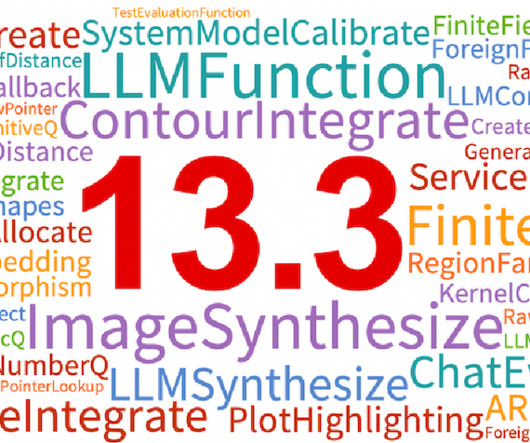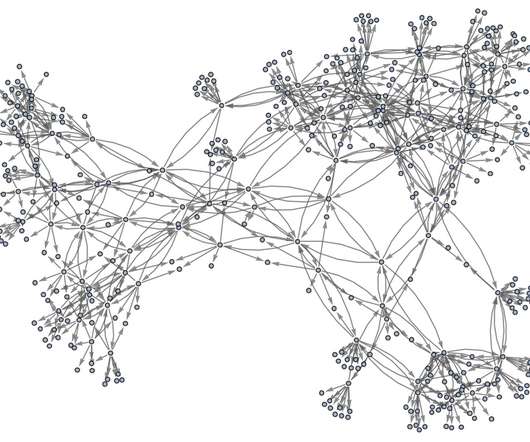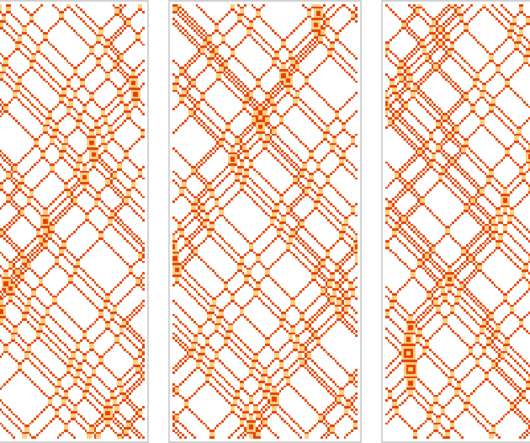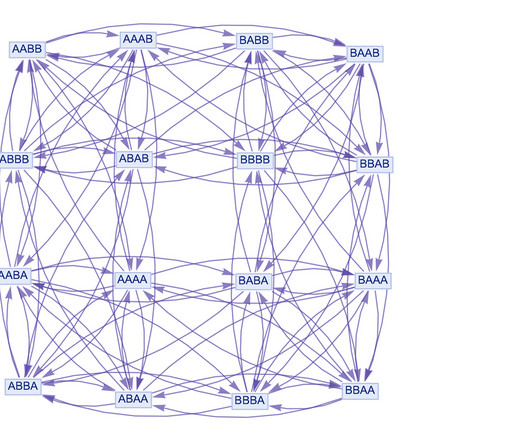Don’t Give Up on Algebra: Let’s Shift the Focus to Instruction
National Science Foundation
SEPTEMBER 22, 2021
Similarly, reformers have focused on the timing of the course, aiming to enroll students as early as possible to open pathways to calculus and to diversify access to higher level mathematics. Yet we have not seen equal advances in achievement (National Center for Education Statistics, 2019). 2017; Stein et al.,













Let's personalize your content